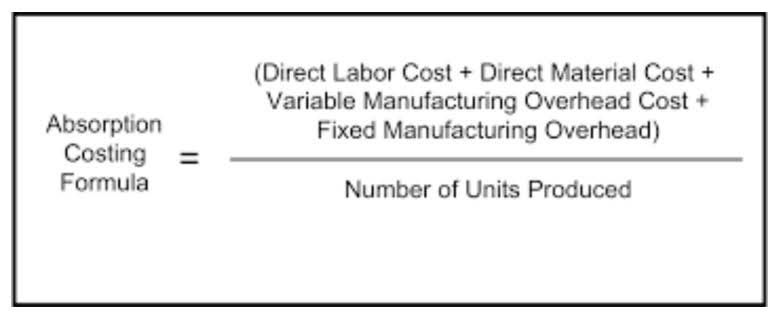
In accounting, it is essential to understand the normal balance of an account to correctly record and track financial transactions. An account’s normal balance is the side of the account that increases when a transaction is recorded. Knowing the normal balance of an account helps maintain accurate financial records, prepare financial statements, and identify errors in the accounting system. The relationship between normal balances and the categories of assets, liabilities, and equity ensures that the accounting equation remains in balance. By recording transactions with the appropriate normal balances, the equation stays in equilibrium, and the financial statements accurately represent the financial position and performance of the business. Understanding the normal balance of an account is essential for maintaining accurate financial records and preparing financial statements.

Here’s a simple table to illustrate how a double-entry accounting system might work with normal balance of accountss. The first part of knowing what to debit and what to credit in accounting is knowing the Normal Balance of each type of account. The Normal Balance of an account is either a debit (left side) or a credit (right side).
How to Analyze Accounting Transactions, Part One
It is always recommended to consult the specific accounting guidelines and policies applicable to the organization in question. When an expense is incurred, the debit entry is recorded on the left side of the T-account and the credit entry is recorded on the right side. When you make a debit entry to a revenue or expense account, it decreases the account balance. When an account produces a balance that is contrary to what the expected normal balance of that account is, this account has an abnormal balance. Let’s consider the following example to better understand abnormal balances.
We can illustrate each account type and its corresponding debit and credit effects in the form of an expanded accounting equation. You will learn more about the expanded accounting equation and use it to analyze transactions https://www.bookstime.com/ in Define and Describe the Expanded Accounting Equation and Its Relationship to Analyzing Transactions. The account’s net balance is the difference between the total of the debits and the total of the credits.
Normal Balance and the Accounting Equation
One of the fundamental principles in accounting is the concept of a ‘Normal Balance‘. Whether you’re an entrepreneur or a seasoned business owner, understanding the normal balance of accounts is crucial to keeping your business’s financial health in check. In this article, we explored the definition of normal balance and its significance in accounting. We discussed examples of normal balances for different types of accounts, including assets, liabilities, equity, revenues, and expenses. Understanding the relationship between normal balances and the categories of assets, liabilities, and equity is crucial for maintaining balance in the accounting system.
Meanwhile, the Texas Manufacturing Outlook Survey (TMOS) employment index (three-month moving average) slipped into contractionary territory in January for the first time since 2020. Other Federal Reserve Banks’ regional surveys also reported manufacturing weakness in January. However, upward movement in forward-looking TMOS indexes in January suggests the slump may be short-lived. Additionally, while 20 percent of manufacturers said in December that they were overstaffed, nearly all said they were opting not to undertake layoffs, suggesting they expect to need workers in the near future. Texas job growth edged lower to 2.4 percent in fourth quarter 2023 from 3.0 percent in the third quarter (Chart 1). The construction and energy sectors continued to post strong gains through year-end, while manufacturing job growth largely abated.
Cash Flow Statement
For asset accounts, such as Cash and Equipment, debits increase the account and credits decrease the account. Dividends represent the distribution of a company’s earnings to its shareholders, and their normal balance often lies on the debit side of the ledger. By correctly recording dividends, companies can provide reliable financial information, plan dividends strategically, and assess their financial performance. In the world of accounting, it is important to have a clear understanding of the normal balance of dividends. The normal balance refers to the side of the general ledger account where increases are recorded.

For more information about finance and accounting view more of our articles. Ensuring they’re not overspending and putting themselves in a difficult financial position. Ultimately, it’s up to you to decide which side of the ledger each account should be on. Normal balances can help you keep track of your finances and balance your books. In other words, it cancels out part of the balance of the related Normal Balance account.